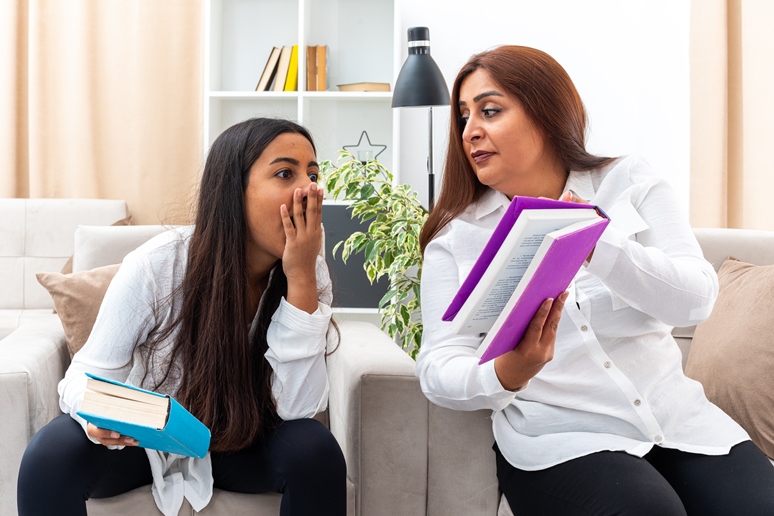Cognitive Behaviour Therapy constitutes a group of treatment procedures aimed at identifying and modifying faulty thought processes, attitudes and attributions, and problem behaviours. CBT focuses on solutions, encouraging patients to challenge distorted cognitions and change destructive patterns of behaviour. The tools deployed in CBT—which include learning to identify and dispute unrealistic or unhelpful thoughts and developing problem-solving skills—have been used to treat a broad range of mental health challenges. CBT is now considered among the most efficacious forms of therapy, especially when clients incorporate strategies into their daily life. This effort to gain insight into one’s cognitive and behavioural processes and modify them in a constructive way often involves ongoing practice but research has proven CBT to be an effective tool in the management of variety of mental health issues viz. depression, bipolar disorder, generalized anxiety disorder, phobias, panic, schizophrenia and OCD to name a few.
Cognitive Behaviour Therapy











